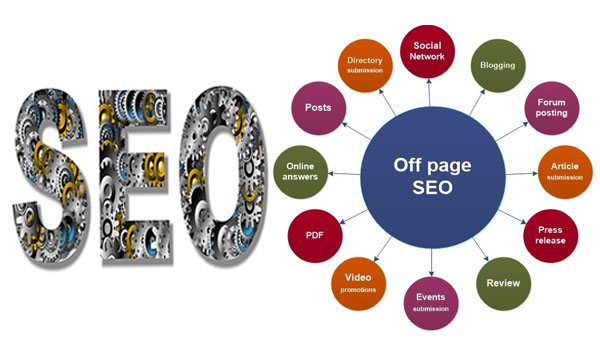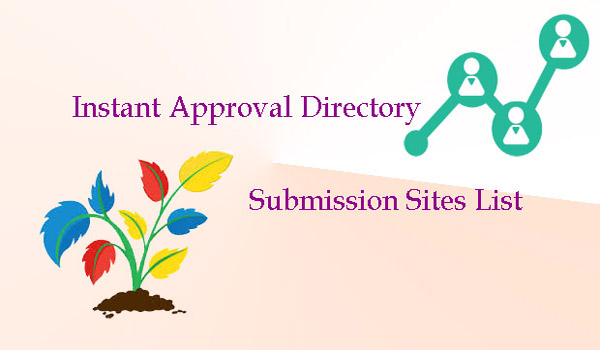With the ever-increasing amount of content being consumed online, it’s more important than ever to ensure your business’s content strategy is optimized and effective. A well-planned and executed content strategy can help you attract and retain customers and improve your online presence, positively impacting your bottom line. This article covers four key areas to focus on when optimizing your content strategy. Keep reading to learn more.
Performing an In-Depth Content Audit
Begin by taking a comprehensive look at your existing content. An in-depth content audit will provide you with insights and an understanding of what’s working, what isn’t, and what opportunities you have for improvement. Analyze your content for readability, relevance, user engagement, and search engine visibility. Note any outdated, duplicate, or irrelevant content that should be removed, updated, or consolidated.
While conducting your audit, you’ll also want to understand your target audience and adapt your content accordingly. Identify their needs and preferences and tailor your content to provide value and solutions. This might involve reevaluating who your core audience is, honing in on their demographics, and researching the kind of content they find most appealing.
It’s crucial to use the right tools when evaluating your content. Using content optimizer software can help you understand how well your content is performing and provide actionable insights for improvement. Tools like these streamline the process and offer valuable data in a user-friendly format.
Focusing On SEO Best Practices
Understanding and implementing search engine optimization (SEO) best practices is essential to any successful content strategy. Start by identifying the most relevant keywords your target audience will search for. Incorporate these phrases naturally throughout your content, including headings, body text, and metadata, to improve visibility.
Another critical element of SEO best practices is creating high-quality, informative, and engaging content. Search engines favor content that provides value, but it will also keep your audience engaged and encourage them to share or return to your site. Don’t sacrifice clarity and readability for keyword stuffing, as this can negatively impact your search rankings and user experience.
Optimizing your site’s technical aspects, such as loading speeds, mobile-friendliness, and site security, can also improve search rankings. Improving these areas will positively impact your content strategy’s success and overall user experience.
Utilizing Various Content Formats
Creating content in various formats ensures you appeal to a wider audience and keep readers engaged. Long-form articles, infographics, videos, podcasts, and webinars all have their merit in communicating your message and effectively engaging users. These different formats cater to various learning styles and preferences, helping you to reach a larger audience.
Incorporate a mix of evergreen and time-sensitive content, ensuring you provide both long-lasting relevance and up-to-date information to your audience. Evergreen content offers valuable information that remains relevant over time, while timely content keeps your users informed on current events, trends, or developments within your industry.
Consistent and Scheduled Content Updates

A consistent content update schedule is vital for maintaining audience interest and keeping search engines regularly indexing your site. Establish a content calendar to plan, create, and schedule content topics according to a strategic timeline. Include a mix of in-depth, informative pieces and shorter, timely updates to keep your content fresh, engaging, and relevant.
Regularly monitor and analyze your content performance to make informed decisions on your content’s direction and focus. Use tools like Google Analytics or other content-tracking software to measure content effectiveness, audience engagement, and conversion rates. By consistently evaluating your content’s performance, you can optimize your content strategy moving forward.
By investing time and effort into these four areas, you can craft a truly optimized content strategy that drives traffic, engages users, and ultimately improves your bottom line.































